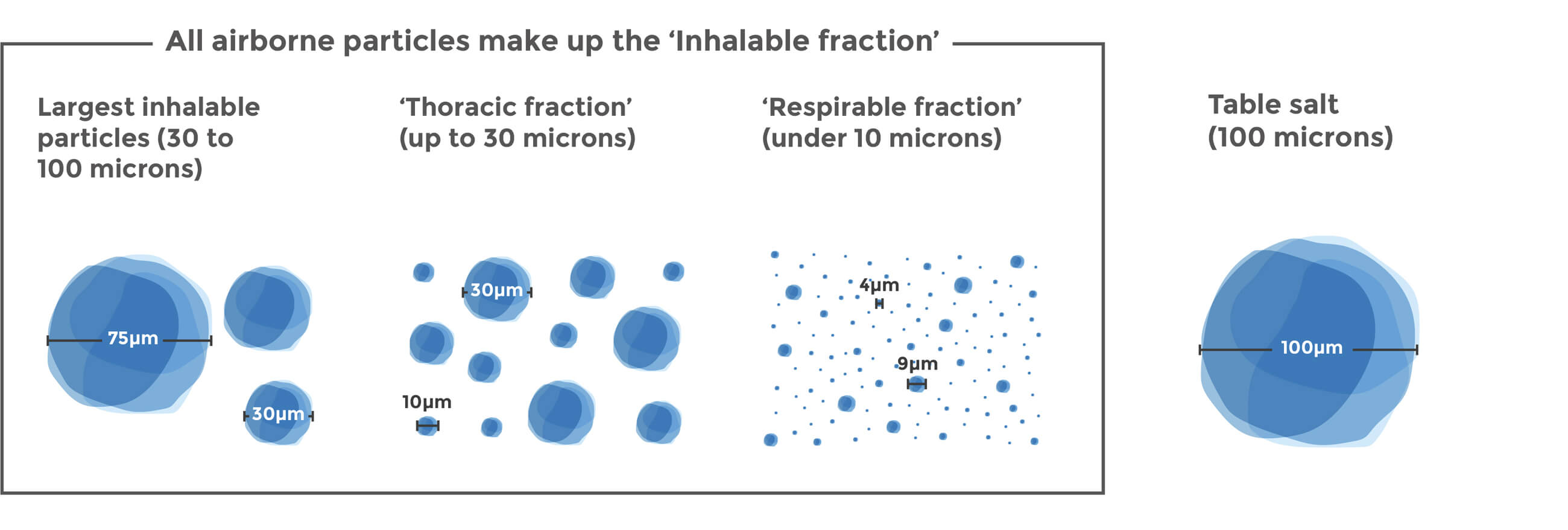Respirable crystalline silica (RCS)
An avoidable risk in industrial workplaces, and no risk to the general public.
In everyday contexts, crystalline silica is safe. It is inert, meaning that it does not react with any chemicals, and it is not harmful to health.
However, when rocks containing crystalline silica are cut, crushed, ground, drilled or used in similar industrial processes, dust particles are produced. Some of these particles are very fine – known as respirable crystalline silica or RCS.
If high quantities of this very fine RCS dust are inhaled on a regular basis over many years, there is a potential risk that the cumulative effects can cause a lung disease known as silicosis, followed in severe cases by lung cancer. That is why the EU has recently updated the Directive on Carcinogens and Mutagens in the Workplace to implement a legal RCS occupational exposure limit of 0.1 mg/m3 in industrial workplaces (more commonly written as 100 μg/m3).
The only place where these levels are close to being reached are in the direct vicinity of industrial processes – typically within 1-10 metres. Outside this immediate radius RCS disperses very rapidly, reducing concentrations back to background or near-background levels.

There is no risk to neighbours, communities, or those working in other parts of an industrial facility – confirmed by government regulators.
The UK Health and Safety Executive, tasked with ensuring health in the workplace, has stated that “no cases of silicosis have been documented among members of the general public in Great Britain, indicating that environmental exposures to silica dust are not sufficiently high to cause this occupational disease.”
And in May 2018, the French government stated that “no consumer use leading to a significant exposure to crystalline silica by inhalation has been identified.” This means that even if you handle or use everyday products which may generate some RCS dust, you will not be exposed to high levels for long enough for the dust to have negative health effects.
Read more about silicosis.

